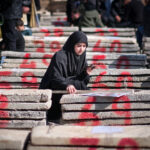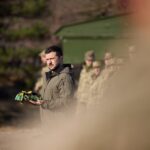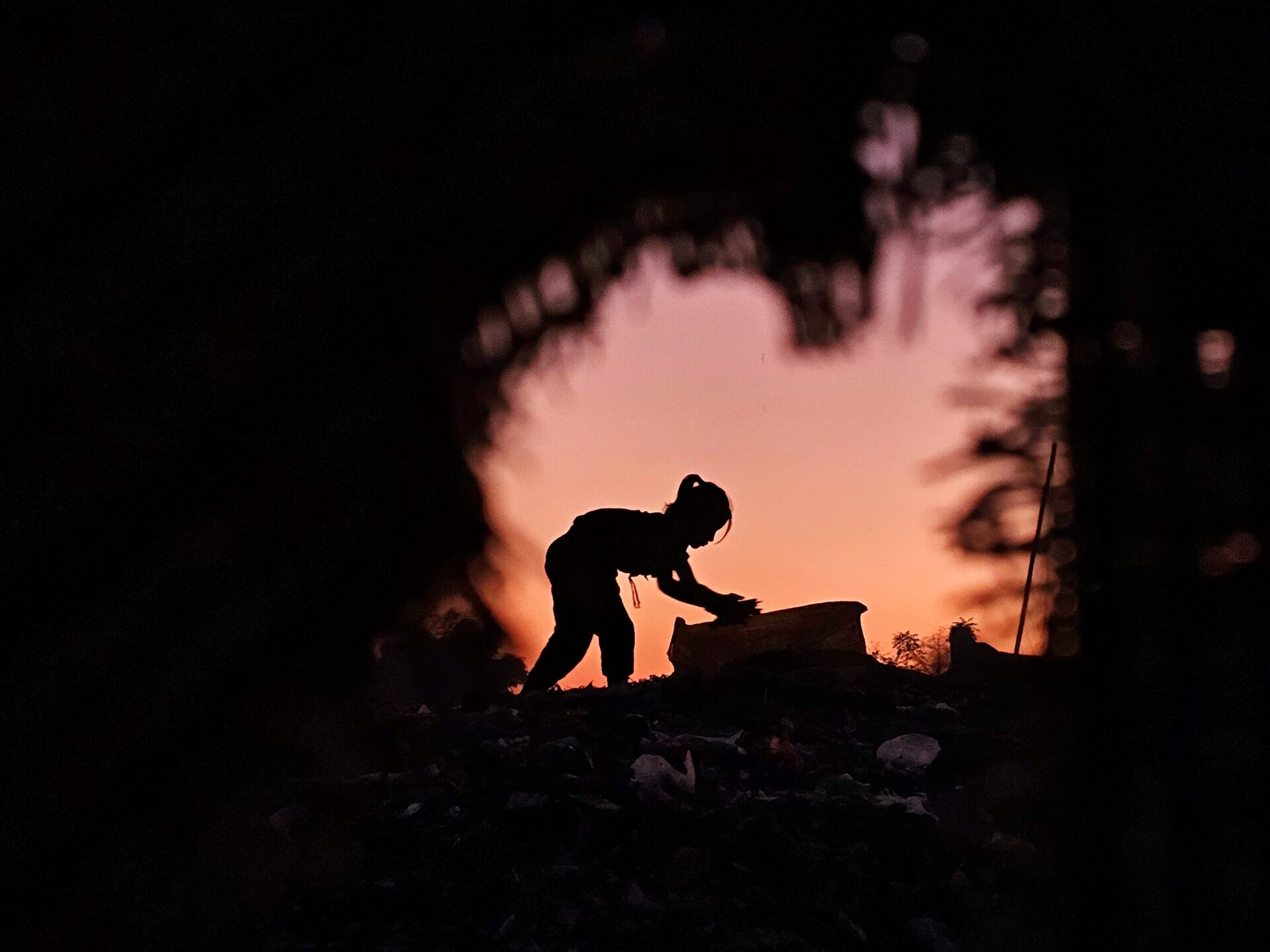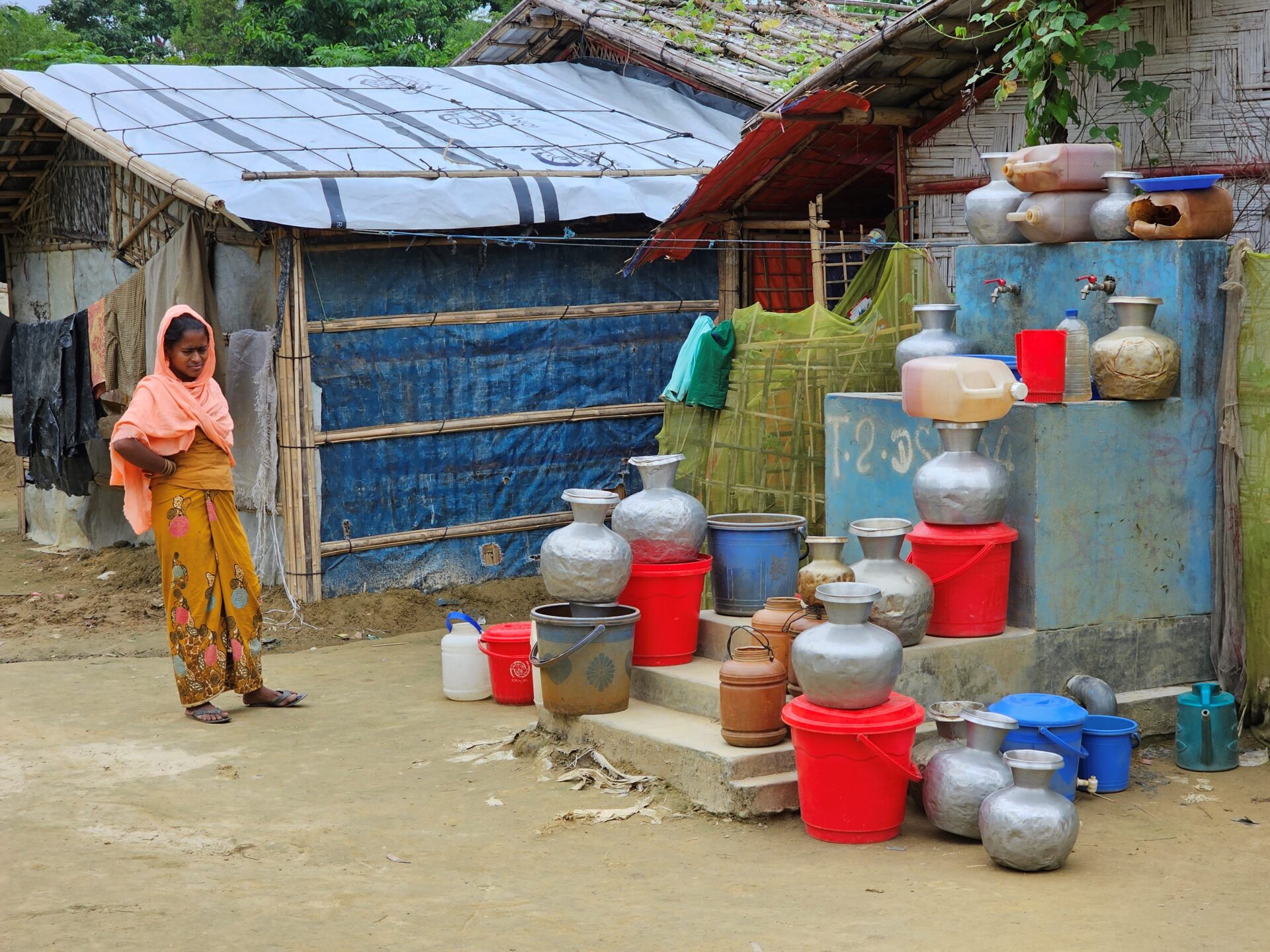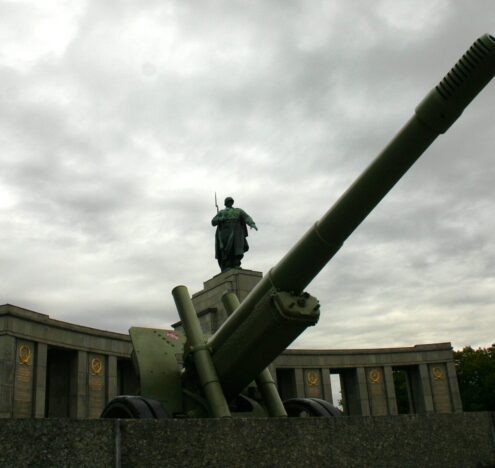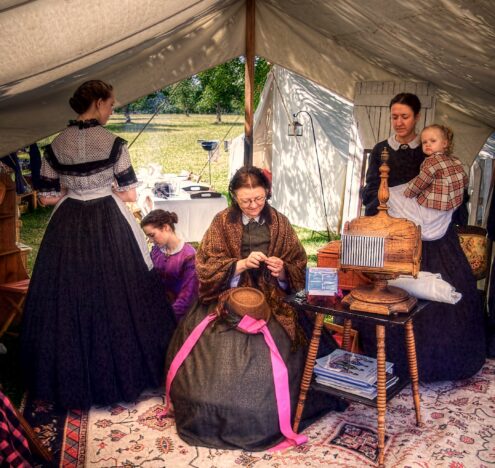For Rohingya displaced from their homeland, life in the refugee camps of Cox’s Bazar, Bangladesh, is already difficult. Originally designed to shelter 50,000 people, the area is now home to more than 960,000 and often described as the “largest refugee camp in the world.”
Many live in shelters scrapped together with bamboo and tarps, hardly enough to fend off strong rains and winds. To make the circumstances even more trying, the climate crisis is wreaking havoc on the camp and the surrounding area: rising sea levels, extreme weather, and worrying health issues. During monsoon season, the low-lying area that houses the camp endures cyclones and severe flooding.
To Salim Ullah, who lives in the camp, the weather has only “added [to the] suffering” of refugees marooned in Cox’s Bazar. The local leader said these problems have already compounded health risks for people in the crowded camp. Ullah isn’t alone in his concern — many camp residents have begun sounding the alarm on climate change’s consequences for the vulnerable and displaced people residing here.


